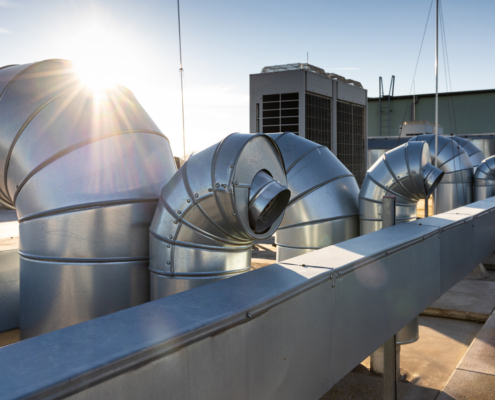 https://sammechanical.com/wp-content/uploads/2025/10/The-Hidden-Costs-of-Neglected-Steam-Systems-Steam-Trap-Repair.jpg
1250
2000
AbstraktMarketing
/wp-content/uploads/2024/01/sam-logo-crete-300x154.png
AbstraktMarketing2025-10-27 11:10:442025-10-27 11:10:47The Hidden Costs of Neglected Steam Systems: Steam Trap Repair
https://sammechanical.com/wp-content/uploads/2025/10/The-Hidden-Costs-of-Neglected-Steam-Systems-Steam-Trap-Repair.jpg
1250
2000
AbstraktMarketing
/wp-content/uploads/2024/01/sam-logo-crete-300x154.png
AbstraktMarketing2025-10-27 11:10:442025-10-27 11:10:47The Hidden Costs of Neglected Steam Systems: Steam Trap Repair Upgrading and Retrofitting HVAC Systems in Older Buildings
Heating, ventilation, and air conditioning (HVAC) systems can present unique difficulties in older buildings, which are often rich in history and detail. In these situations, upgrading or retrofitting the HVAC system is vital.
The Importance and Role of HVAC Systems
HVAC stands for Heating, Ventilating, and Air Conditioning, and it’s the technology that keeps indoor environments comfortable and healthy. An effective HVAC system does more than adjust the temperature; it ensures optimal indoor air quality and humidity levels, contributing significantly to overall well-being. In the United States, where climates can swing from scorching summers to frosty winters, these systems are not a luxury but a necessity for comfort and health in homes and office buildings.
A well-functioning HVAC system is central to reducing energy bills by operating efficiently. When an HVAC system is well-maintained, it uses less energy, which means lower utility costs. Proper maintenance also extends the system’s life, saving money on maintenance costs in the long run.
What Is HVAC and Why Does It Matter
HVAC matters because it directly affects indoor air quality and, by extension, our health and comfort. Indoor air can harbor pollutants like dust, mold spores, and volatile organic compounds (VOCs). A robust HVAC system, equipped with air economizers and proper ventilation, filters out these pollutants, ensuring the indoor air is clean. Especially in the wake of global health concerns, the value of breathing clean, uncontaminated air cannot be overstated.
Moreover, advanced HVAC systems use energy and ball valves to efficiently control air and refrigerant flow and pressure. They ensure that the system uses only the energy necessary to maintain the desired indoor climate, reducing energy bills and contributing to a greener planet.
HVAC Systems in Historic and Older Buildings
Implementing modern, retrofitted HVAC in historic and older buildings presents unique challenges. These structures often lack the space for conventional ductwork, necessitating creative retrofit HVAC solutions like mini ducts or split systems. Moreover, any modifications have to respect the building’s architectural integrity. Yet, with the help of specialized HVAC services like the Severn Group for commercial HVAC maintenance or Service Unlimited for industrial systems, these challenges can be navigated successfully.
Older buildings can benefit significantly from retrofit solutions. Retrofitting improves indoor air quality and modernizes the building’s HVAC operations, making them more energy-efficient. Special projects in the United States have shown that retrofitting historic buildings with modern HVAC can be a success story, preserving our architectural heritage while providing comfortable, healthy indoor environments.
Assessing the Current HVAC System and Your Retrofit Options
Identifying aged and outdated HVAC systems is the first step toward an upgrade. Look for signs like frequent repairs, increased energy bills, poor indoor air quality, and difficulty maintaining consistent temperatures across the building. Such indicators suggest that your HVAC system is no longer performing efficiently and may require a retrofit or a complete overhaul.
Possible retrofit solutions for older HVAC systems include the installation of air economizers for better outdoor air intake or adding high-efficiency air conditioning units. Retrofitting might also involve replacing old refrigerants with new, eco-friendly options. The right retrofit solutions hinge on the unique needs of your building, factoring in size, historic value, and existing infrastructure.
Preparing for the retrofit or upgrade involves assessing your building’s needs and constraints. Seek professional HVAC services to evaluate your system’s efficiency, indoor air quality levels, and energy consumption patterns. This preparatory step ensures that any retrofitting aligns perfectly with your building’s requirements and energy efficiency goals.
Thinking about upgrading your HVAC system? Take a look at these considerations before you take the step of installing new or refurbishing your current equipment.
Selecting the Right System
Choosing the right system for your retrofit HVAC project involves several considerations:
- Building size and layout significantly influence the choice of system. More significant buildings may benefit from variable refrigerant flow (VRF) systems, while smaller structures might be better suited to ductless mini-split systems.
- Occupancy patterns and usage profiles dictate the necessity for zoning capabilities, which modern systems like VRF offer.
- Energy efficiency goals should steer the selection towards high-efficiency rooftop units or chilled water systems, depending on the building’s needs and budgetary constraints.
Every building is unique, demanding a customized approach to selecting the optimal HVAC system. Consulting with HVAC engineers can help you navigate these options and make an informed decision.
Designing the Retrofit
Developing a comprehensive retrofit plan requires collaboration with experienced HVAC engineers and contractors. This collaborative effort ensures that the new air conditioning system is efficient and tailored to your building’s specific requirements. The goal is to enhance comfort, improve energy efficiency, and ensure superior indoor air quality without incurring unnecessary costs or installation disruptions.
Ensuring your HVAC equipment’s proper sizing, layout, and configuration is critical. An oversized AC unit wastes energy, whereas an undersized AC unit struggles to maintain comfortable temperatures. The retrofit design must also consider the existing ductwork and building structure to minimize alterations and make the best use of space.
Upgrading Infrastructure and Components
Retrofitting older buildings often necessitates significant infrastructure upgrades. For instance:
- Electrical systems may need an upgrade to accommodate the power requirements of state-of-the-art HVAC equipment.
- Distribution panels and wiring might also require replacement to ensure safety and reliability.
- Refurbishing or replacing old ductwork and insulation can significantly improve efficiency and airflow, leading to better indoor air quality and lower energy bills.
These upgrades are essential to ensure the new HVAC system operates efficiently and effectively, providing the desired indoor climate while respecting your building’s architectural integrity.
Post Installation–Ensuring System Efficiency
Once the new HVAC system is installed, continuous monitoring and maintenance are crucial for increased building performance. Regular system checks can prevent costly repairs, including refrigerant levels, filter cleanliness, and overall function. Implementing an ongoing maintenance schedule with HVAC service providers ensures that issues are promptly addressed.
Moreover, the retrofit should result in significantly improved air quality within the building. Regular monitoring of indoor air standards post-installation verifies that the system effectively removes pollutants and maintains a healthy indoor environment. This, in turn, can lead to enhanced occupant satisfaction and productivity, particularly in office settings.
Ultimately, a successful HVAC retrofit not only boosts energy efficiency and reduces maintenance costs but also significantly improves the comfort and health of a building’s occupants. By following these steps and considerations—from evaluating your current system to ongoing maintenance post-installation—you can ensure your retrofit project succeeds, and your building’s HVAC system operates at its best for years.
Revamp Your Old Building’s AC With SAM Mechanical’s HVAC Services
Your older building doesn’t have to keep its old AC system. At SAM Mechanical, we have professional services that will assess your current setup, and help you optimize your equipment for better air quality. Contact us today for a free consultation.
Share This Post
More Like This
 https://sammechanical.com/wp-content/uploads/2025/10/The-Hidden-Costs-of-Neglected-Steam-Systems-Steam-Trap-Repair.jpg
1250
2000
AbstraktMarketing
/wp-content/uploads/2024/01/sam-logo-crete-300x154.png
AbstraktMarketing2025-10-27 11:10:442025-10-27 11:10:47The Hidden Costs of Neglected Steam Systems: Steam Trap Repair
https://sammechanical.com/wp-content/uploads/2025/10/The-Hidden-Costs-of-Neglected-Steam-Systems-Steam-Trap-Repair.jpg
1250
2000
AbstraktMarketing
/wp-content/uploads/2024/01/sam-logo-crete-300x154.png
AbstraktMarketing2025-10-27 11:10:442025-10-27 11:10:47The Hidden Costs of Neglected Steam Systems: Steam Trap Repair 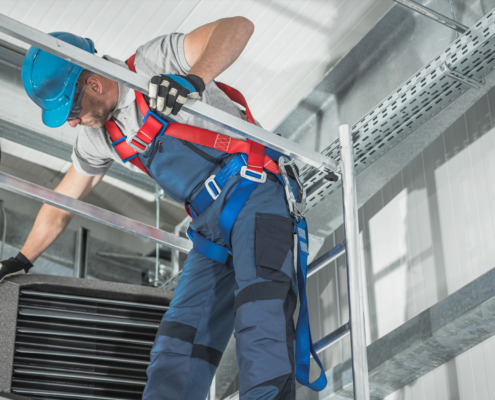
HVAC Warning Signs Your Heating System Could Fail Before Winter
Residential HVAC, Uncategorized
Winter Is Coming: How to Winterize Your HVAC System
HVAC Preventative Maintenance, Maintenance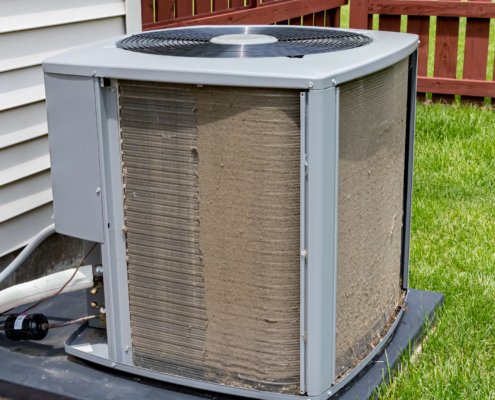 https://sammechanical.com/wp-content/uploads/2025/09/Fall-HVAC-Maintenance-Checklist-Every-Homeowner-Should-Follow.jpg
1250
2000
AbstraktMarketing
/wp-content/uploads/2024/01/sam-logo-crete-300x154.png
AbstraktMarketing2025-09-18 14:46:242025-09-25 15:57:35Fall HVAC Maintenance Checklist Every Homeowner Should Follow
https://sammechanical.com/wp-content/uploads/2025/09/Fall-HVAC-Maintenance-Checklist-Every-Homeowner-Should-Follow.jpg
1250
2000
AbstraktMarketing
/wp-content/uploads/2024/01/sam-logo-crete-300x154.png
AbstraktMarketing2025-09-18 14:46:242025-09-25 15:57:35Fall HVAC Maintenance Checklist Every Homeowner Should Follow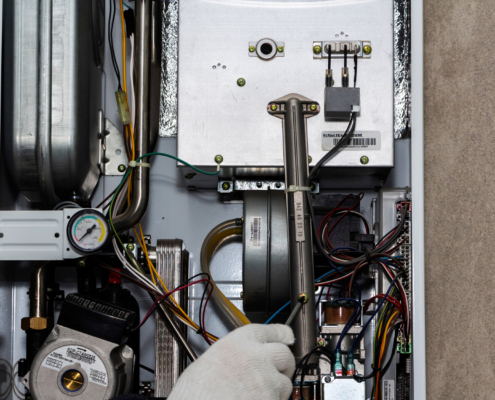
Home Furnace Repair in New Hampshire: What Homeowners Should Know Before Calling a Technician
Residential HVAC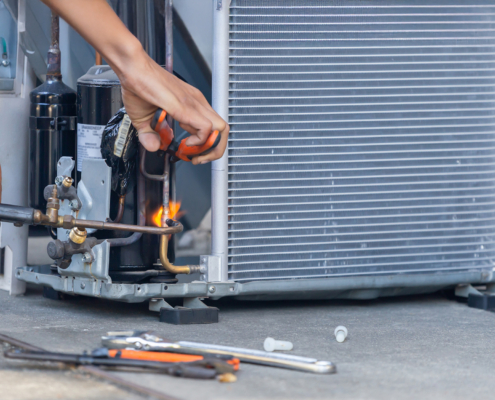
How Long Does AC Repair Take?
Residential HVAC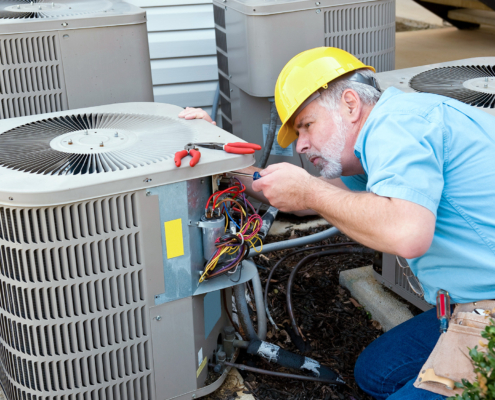
Common AC Problems That Cost Homeowners Money
Residential HVAC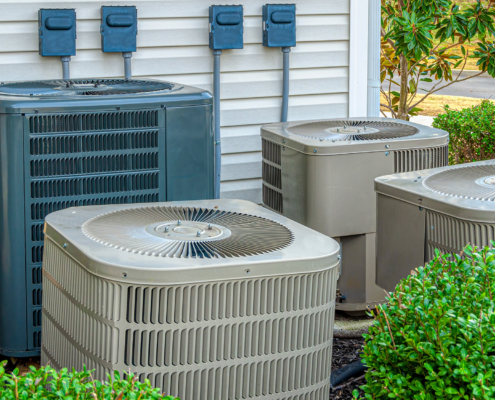
What Size Air Conditioner Does Your Home Really Need?
Residential HVAC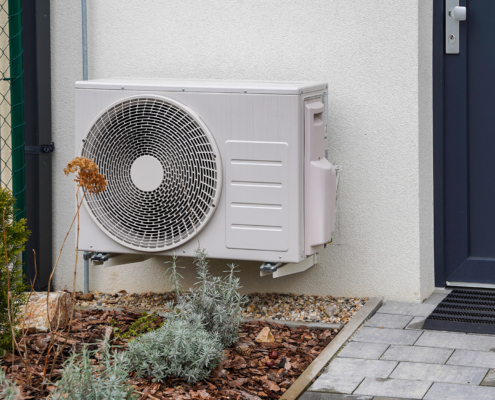
Should You Repair or Replace Your Residential HVAC System?
Residential HVACAbout
For over three decades SAM Mechanical has provided New Hampshire with the highest quality HVAC, plumbing, and mechanical services.


